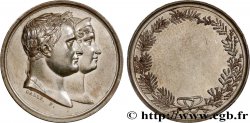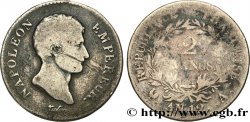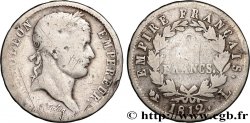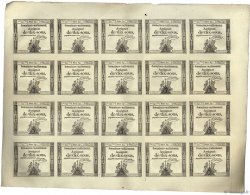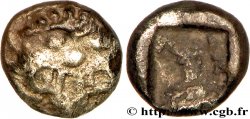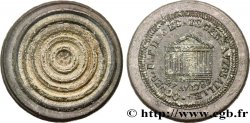Precedente 1/1
Live auction - fme_610749 - PRIMO IMPERO Médaille, Baptême du roi de Rome, empreinte uniface
Devi Sign-in ed essere un offerente approvato fare un'offerta, Login per fare offerte. Conti sono soggetti ad approvazione e di approvazione sono raggiunti entro 48 ore. Non aspettare fino al giorno di una vendita si chiude per registrarti.Confermando la tua offerta su questo oggetto ti impegni ad un contratto legalmente vincolante per l'acquisto di questo prodotto e fare clic su «offerta» costituisce accettazione dei termini di utilizzo de live auctions cgb.fr.
Offerta deve essere collocato in euro gli importi interi vendita only.The si chiuderà al momento sulla descrizione dell'oggetto, eventuali offerte pervenute al sito dopo l'orario di chiusura non verranno eseguite. Volte transmition possono variare e le offerte potrebbero essere respinto se si attende per gli ultimi secondi. Per ulteriori informazioni ckeck le FAQ Live auction.
Le offerte vincenti saranno sottomesse ai 18% per spese di compartecipazione alla vendita.
Le offerte vincenti saranno sottomesse ai 18% per spese di compartecipazione alla vendita.
| Valutazione : | 400 € |
| Prezzo : | no offerta |
| Offerta maxima : | no offerta |
| Data di fine vendita : | 08 dicembre 2020 19:11:58 |
Tipo : Médaille, Baptême du roi de Rome, empreinte uniface
Data: (1811)
Metallo : metallo argentato
Diametro : 67,5 mm
Asse di coniazione : 12 h.
Incisore Andrieu
Peso : 76,39 g.
Orlo : lisse
Commenti sullo stato di conservazione:
Présence de coups et rayures. Frottements dans les champs. Coups au revers dont un manque de plâtre à 11 heures
N° nelle opere di riferimento :
Pedigree :
Cet exemplaire provient d’une vente Osenat, 5 décembre 2010, lot 21, prix réalisé : 3200€
Diritto
Titolatura diritto : LISSE.
Rovescio
Titolatura rovescio : BAPTÊME DU ROI DE ROME / M. DCCC. XI.
Descrittivo rovescio : Napoléon Ier debout de profil tourné vers la gauche, tenant à bout de bras son fils au dessus des fonds baptismaux. Signé : ANDRIEU FECIT.
Commento
En métal argenté, probablement de l’étain, posé sur un fond de plâtre, il s’agirait d’un modèle réalisé à partir des poinçons originaux dans le but d’assembler les poinçons avant la réalisation du carré monétaire. Dans la vente Osenat, cet exemplaire avait été décrit comme étant une matrice de la médaille de naissance du Roi de Rome.
Made of silver-plated metal, probably tin, placed on a plaster background, it is believed to be a model made from the original punches with the aim of assembling the punches before making the monetary square. In the Osenat sale, this example was described as being a matrix of the birth medal of the King of Rome
Made of silver-plated metal, probably tin, placed on a plaster background, it is believed to be a model made from the original punches with the aim of assembling the punches before making the monetary square. In the Osenat sale, this example was described as being a matrix of the birth medal of the King of Rome







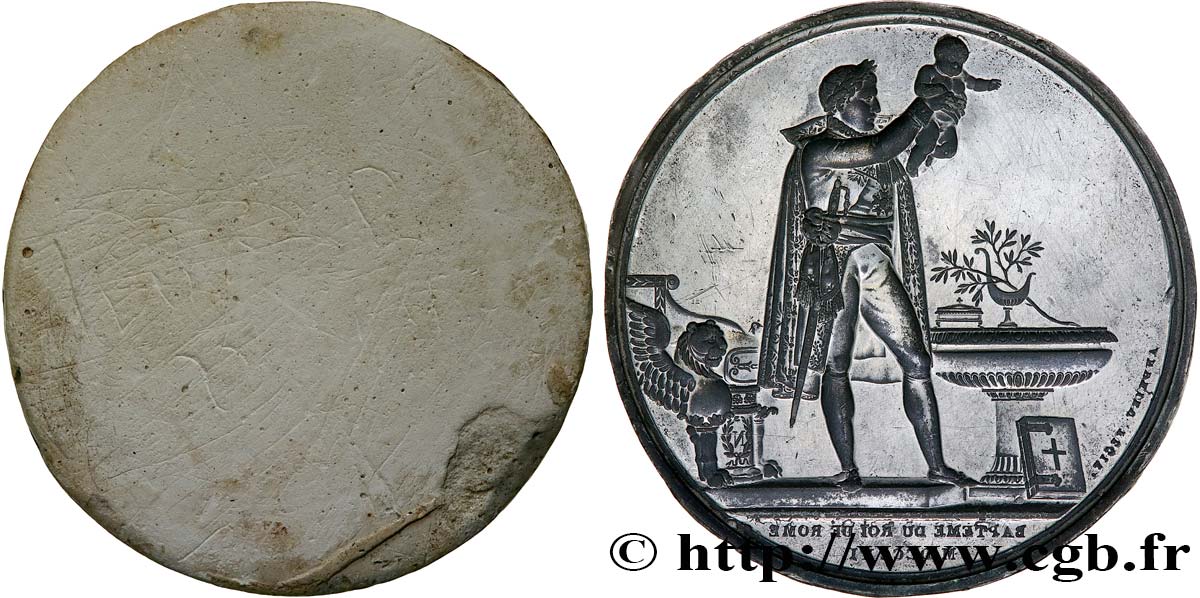
 Segnalare un errore
Segnalare un errore Stampate la pagina
Stampate la pagina Condividi mia selezione
Condividi mia selezione Fai una domanda
Fai una domanda Consegnare / vendere
Consegnare / vendere
 Descrittivo
Descrittivo